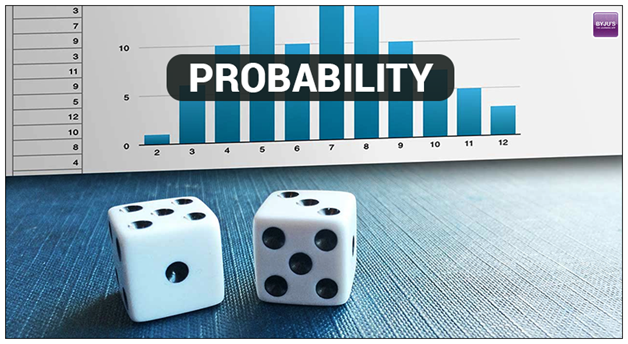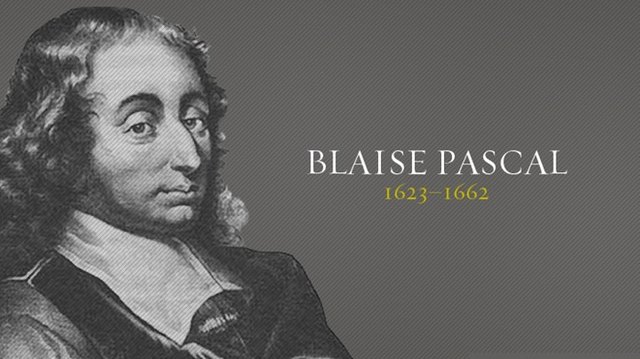My Everyday Mathematics: Probability
.png)
Probability seems to be following me every step in my life. I heard about probability when I was in elementary school and am in college and it is still hunting me. The first time I heard about Probability, I was probably 10 years old and it was lovely because it was one of the few mathematical subjects that I could relate with to my everyday life as a kid. I could relate to the subject at a tender age because I loved a particular board game called LUDO
LUDO is a local board game with 4 different section and a path where the tokens move. There are 16 different tokens and 2 dice. Each section of the board game has 4 tokens and the outcome of the dice determines how fast the token will move. For a token to start its journey on the path, a player has to roll at least a 6 on one of the dice. The rules of the game are quite simple, you win either by catching up with your opponent's token or going round the board with your token in one revolution without been caught. When an opponent catches up with another token, the caught token returns back to it section and starts it journey all over again.

How we came about Probability
Before we had the Probability theory by Blaise Pascal and Pierre De Fermat, they were other books written by different scholars about the subject. The Probability theory written by Blaise Pascal and Pierre De Fermat was a result of the activities of Pascal's friend Chavelier De Mere who was a gambler in the seventeenth century. Chavelier De Mere used gambling to increase his wealth with different approaches. His approach was betting to get a 6 on the dice after a four rolls. He was not really as a successful as he wanted to using this approach and then he decided to change his approach with the hope of hitting it big. His new approach was betting to get a double 6 which is a total of 12 from rolling two dice after 24 rolls. He found out that his Old approach was difficult but way better and achievable than his approach. He thought the higher the number of tries, the higher the possibility. He decided to ask his friend Blaise Pascal why his former approach was better than latter. The question led to Blaise Pascal and Pierre De Fermat working together to finally develop the Probability theory.
What is Probability theory
Probability theory is a branch of mathematics that deals about the possibility of the occurrence of an event. The higher the probability of the event to occur,the higher the possibility of its occurrence. A very simple illustration of the probability theory is of tossing a coin. A typical coin has either a head or a tail. For example the Half dollar coin has two sides - the face of JFK and the Presidential seal of the USA. Tossing the gold will only result in getting the face of JFK or the Presidential seal of the USA. So the probability of getting the face of JFK after tossing the coin is 1/2 which is 0.5 or 50% and also the same goes for the probability of getting the presidential seal after tossing. So basically, Probability is
Probability of an event occuring = Number of Outcome of the event occuring / number of total outcomes.
The probability of an event not occuring is the complement P(A') and it is calculated as:
From the illustration of the coin, the number of times the face of JFK appears on the coin is (1) and the total number of outcome is (2) because we could either get a the face of JFK or the presidential seal.
What Chavelier De Mere Didn't know
From the story, Chavelier De Mere thought the higher the number of tries, the higher the chances of accomplishing his aim. The Detailed Solution of Mere's two approaches are analysed below:
First Approach: Chavelier De Mere wanted to get a 6 after 4 rolls.
Solution: The probability of getting a 6 is (1/6) and the complement is (1- (1/6) which is 5/6. Therefore the probability of not getting a 6 after four rolls is (5/6)4. Subtracting the answer from 1 will give the probability of getting a 6 from the 4 rolls
1 - (5/6)4
= 1 - 0.482 = 0.518 = 51.8%Second approach: His second approach was getting a double 6 from two dice in 24 rolls
Solution: There are 36 possible rolls from the two dice and the probability of not getting a double 6 is (35/36). Therefore the probability of getting a double 6 is the opposite of getting not getting double 6.
= 1 - 0.508 = 0.491= 49.1%
From analysis, the first approach was more achievable than the second approach.
Probability and Science
Quantum mechanics is a branch of modern physics that describes the behaviour of photons, electrons and particles that makes up the universe.

In a research by Prof. Andreas Albrecht and a graduate student where the student made a argument that quantum fluctuations are responsible for probability all actions.Quantum mechanics is not based on Probability theory because probability theory is based on random variables and events but quantum mechanics is a theory of dynamical solutions which are not based on random events. Quantum mechanics is based on the concept of probability the the results of the particle experiments are predicted after repeating for so many times where every experiment has its own calculated probability.
The usefulness of probability in science and general daily activities cannot be underestimated as it plays a major role. A good example is medical decision. When surgeons are about to carry out operations, they analyse the risks and possibility rate of the operation which can be likened to the probability. The decision of the patient to go ahead with the operation depends on the rate.
Also in Meteorology, weather forecasts are based on previous data and specific patterns.
Author's Note
Probability which is referred to as the "mathematics of chance" is a very interesting subject as it cuts across almost all sphere of human life as long as it involves decision making. Probability seems to be everywhere, even in the strangest of situations. For example, I have little fuel left in the car and am calculating the distance from my parking lot to the fuel station if the available fuel would be enough to take me the fuel station for a refill.
Moreover, apart from science, probability is applied in other areas like politics, sports, finance, e.t.c.